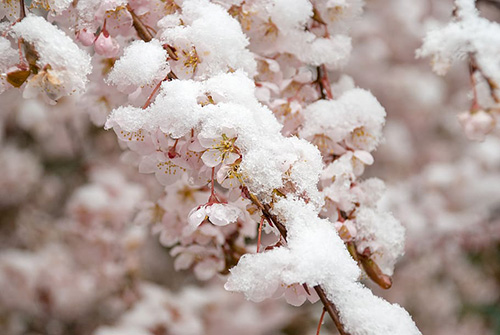Native Plant Conservation Campaign News: Warm winter has led to early leaf out in the southeast, putting plants (and wildlife) at risk from spring frost
February 21, 2020
The consequences of climate change are becoming more evident and more damaging. An example is the very early leaf out of crop and native plants that is being observed in response to record setting warm winter temperatures throughout the southeast this year. Leaves and flowers have appeared up to four weeks earlier than normal in some locations.
that is being observed in response to record setting warm winter temperatures throughout the southeast this year. Leaves and flowers have appeared up to four weeks earlier than normal in some locations.
 that is being observed in response to record setting warm winter temperatures throughout the southeast this year. Leaves and flowers have appeared up to four weeks earlier than normal in some locations.
that is being observed in response to record setting warm winter temperatures throughout the southeast this year. Leaves and flowers have appeared up to four weeks earlier than normal in some locations.According to the Washington Post, “most locations in the southern and eastern third of the United States are seeing one of their top 10 warmest winters on record to date, as if skipping ahead a season.” The problem is that it is February. In the past, after these “false springs”, low temperatures return to destroy newly emerged leaves and flowers.
In 2007, for example, a false spring and ensuing early April frost resulted in $2 billion in economic damage to crops in the Southeast.
Wild plants and wildlife are also at risk if warm winter temperatures cause them to leave winter dormancy and make themselves vulnerable to frost in early spring.
Learn about Budburst, a community science project to document changes in seasonal plant development (phenology) in response to climate change and human activities
Learn about the National Phenology Network
Photo: Cherry blossoms in the snow. Public Domain